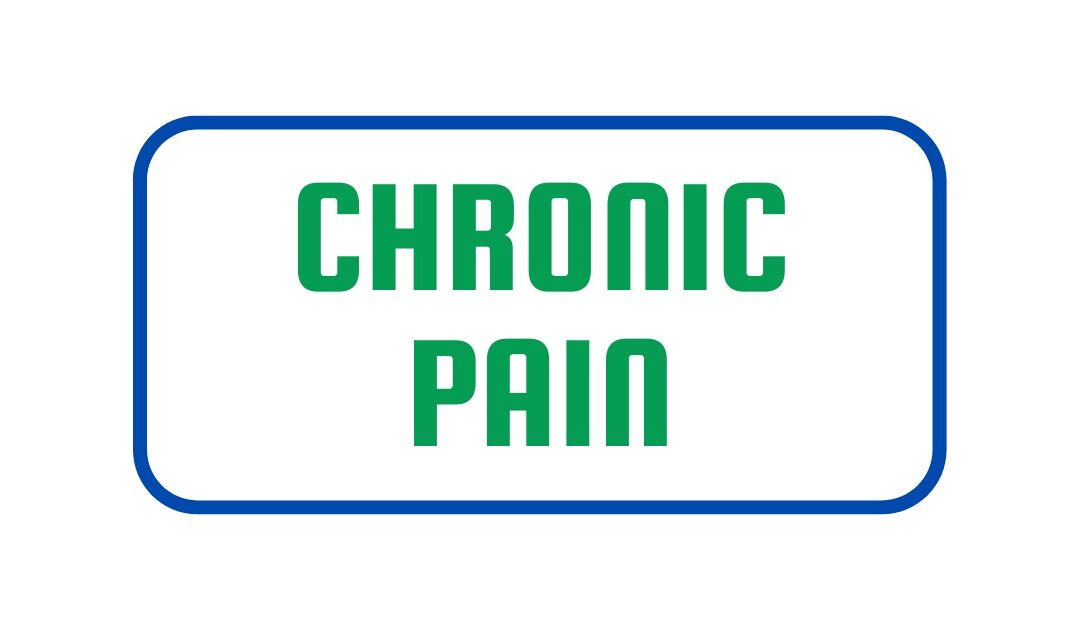When the pain system is functioning adequately, it is simply an indication of danger and harm that is meant to be time-limited. When the pain system is damaged, pain signals may fire continuously for days, months, or even years. Individuals with chronic pain may be in a constant state of arousal that impacts psychological, cognitive, and behavioral functioning. However, Acceptance and Commitment Therapy (ACT) and CBT for chronic pain are very effective.
Often times, individuals may feel anxious and depressed. Those suffering with chronic pain may withdraw from activities or the company of others. Some individuals may have thoughts such as “Why me?” “When will this go away?” or, “Nothing works”. Sleep problems, depression, anxiety, and substance dependence can all interrupt an individual’s ability to cope with chronic pain and complicate treatment.
What Are Some Signs of Chronic Pain?
Physical Symptoms:
- Fatigue
- Headaches
- Muscle tension
- Body aches
- Insomnia
- Constipation
- Weight changes
- Muscle spasms
- Pelvic pain
- Bladder pain
- Back pain
Conditions commonly associated with Chronic Pain include but are not limited to:
- Fibromyalgia
- Chronic Fatigue Syndrome
- Interstitial cystitis
- Inflammatory Bowel Disease
- Endometriosis
- Temporomandibular joint dysfunction
- Post-surgical back pain
- Arthritis
- Rheumatoid arthritis
- Lupus arthritis
- Nerve pain associated with diabetes (diabetic neuropathy)
What is the treatment for Chronic Pain?
There are many treatment options for those suffering with Chronic Pain. Some of which include: analgesic drugs, nonsteroid anti-inflammatory drugs, muscle relaxants, antidepressants, steroid injections, transcutaneous electric nerve stimulation, biofeedback, acupuncture and in some cases, surgical intervention.
These treatments may be effective for some individuals and others may find themselves searching for other options. The experience of pain involves both the mind and body. Through acknowledging and working to develop pain management strategies and tools perhaps improvement will follow.
Acceptance and Commitment Therapy (ACT) for Chronic Pain
Acceptance and Commitment Therapy (ACT) is a treatment based on the relationship between human language and thought. Evidence has supported the influence of our thoughts on feelings and behaviors. ACT aims to teach psychological skills to be used when patients experience painful thoughts and feelings. These skills are taught in sum as a mindfulness practice through which alternative coping strategies arise. ACT also aims to assist patients in identifying what is truly important and meaningful. It then teaches patients to put those values to work in behaviors taken in every day life.
In addition, ACT helps patients free themselves from the struggle of fighting against the thoughts, feelings, and behaviors common to pain and helps patients choose to engage in life again. Using ACT, patients learn the symptoms of pain, its causes, and the effect pain has within their current lives. Patients learn to respond rather than react to pain through acceptance; eventually shaping a valued life in the presence of chronic pain.
In a randomized control study of individuals reporting chronic pain for at least 6 months were treated with an 8 week ACT group (Wetherell et. al, 2011). Outcomes demonstrated those who engaged in the ACT group reported decreased pain interference, decreased depression, and decreased pain related anxiety. The ACT approach involves accepting aspects of pain that cannot be changed and through this acceptance, learning to commit to acting in ways that will create a life worth living. ACT does not seek to eliminate pain. However, it seeks to help individuals use acceptance in strategic ways so they can get back to the lives they have left behind.
Cognitive Behavioral Therapy (CBT) for Chronic Pain
Cognitive Behavioral Therapy (CBT) addresses chronic pain through developing a series of skills and techniques aimed at counteracting stress symptoms, learning to pace activity engagement, and add pleasurable activities to your daily life. After identifying self-defeating thoughts and feelings patients learn how to examine, challenge and replace them with more realistic and self-empowering self-talk. Patients learn to interpret pain sensations, develop communication skills and improve problem-solving abilities in order to improve the challenges of living with chronic pain. CBT for chronic pain helps patients learn how behavior, thought and feeling interact in their own lives and begin to intervene to reduce distress.
In a systematic review of randomized control trials of cognitive behavioral therapy and behavioral therapy for chronic pain in adults, cognitive behavioral therapy was associated with a significant effect on pain experience, cognitive coping, and reduced behavioral expressions of pain (Morley et. al., 1999).
Both behavioral (how one acts) and cognitive (how one thinks) interventions have been shown to be effective treatment for chronic pain.
Some behavioral interventions that can help individuals manage chronic pain:
- Engage the Relaxation Response: Learning and practicing techniques to bring about the relaxation response in order to help your body recover from chronic stress. Learn and practice visualization and diaphragmatic breathing.
- Exposure: where an individual is exposed to activities (in gradual steps) with the goal being increased tolerance to physical and psychological experiences. Eventually, learning that acceptance and choice will help you engage in life’s activities.
- Some cognitive interventions that can help individuals manage health anxiety are: Identifying and changing unhelpful thoughts about the body, pain, and physical functioning, such as:
- All or Nothing thinking: “If I can’t go jogging, I can’t enjoy physical activities anymore at all”
- Overgeneralization: “I’ll never be able to enjoy anything” Working to restructure and change to more helpful and reassuring thoughts, which can be done by:
- Examining evidence: what is evidence for/against?
- Distress tolerance: am I underestimating my ability to cope? Interpersonal interventions, such as assertiveness training, or how one asserts and communicates their own needs
Stress management and learning how to goal-set, including practicing relaxation, are also essential.
How We Can Help
CBT California’s clinicians are trained in Cognitive Behavioral Therapy and Acceptance and Commitment Therapy. Patients and their clinician together develop treatment plans designed to enrich the lives of those who are looking for therapy.
References:
Morley, S; Eccleston, C; Williams, A. 1999.
Systematic review and meta-analysis of randomized controlled trials of cognitive behaviour therapy and behaviour therapy for chronic pain in adults, excluding headache, Pain, Volume 80:1–2. doi: 10.1016/S0304-3959(98)00255-3.
Wetherell, JL; Afari, N; Rutledge, T; Sorrell, J; Stoddard, J; Petkus, A; Solomon, B; Lehman, D; Ariel, L; Lang, J; Atkinson, JH. 1999. A randomized, controlled trial of acceptance and commitment therapy and cognitive-behavioral therapy for chronic pain. Pain 152:9

